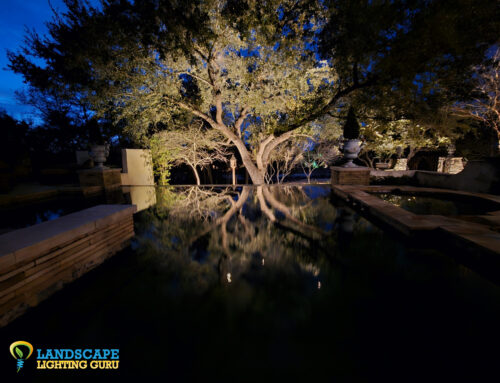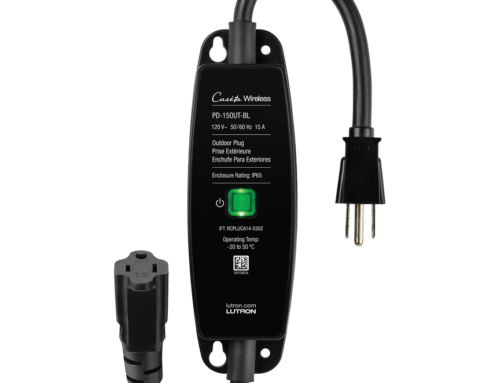
LED – Dispelling the Myths Part 3
As we conclude our LED Myth busting series, today we tackle two myths!
Myth 3: LED Lamps attract bugs
Again, another myth that is both true and false! The reason this question can’t be answered with a simple “yes” or “no” is because it depends on the color of the LED light.
A 2021 UCLA study confirmed that the color of LED light used is a major factor in whether or not insects are affected. The main outcome of the study—and the widely accepted answer, as of now—is that insects are less attracted to yellow and amber lights, while more attracted to blue and ultraviolet light.
So, Which Colors of LED Light Should You Use to Avoid Attracting Bugs? Yellow and amber LED lights will attract the fewest number of insects and bugs while white and blue LED lights attract the most amount of bugs. So if you are concerned stick to the warmer color tones for the lamps that will be closest to your outdoor gathering spot.
Myth 4: LED lamps negatively impact my health
False! There aren’t any risks in using LED lamps. Why does this issue even come up? It is regarding the dangers of UV lights BUT LED lights do not emit UV light!! UV light is a type of light that can damage your skin, and even heighten your risk of cancer.
If you work with computers or interact with screens (even phones!) every day, you are probably aware of “blue light” as something that can be harmful. Maybe you even have a pair of blue light glasses to help filter out this type of light
While it’s true that intense levels of blue light can harm your eyes, the level of blue light emitted from LED light bulbs or your screens just isn’t enough to cause damage. In domestic settings, including devices such as your phone and TV, you don’t need to worry about eye damage.
Missed the first two myths? Myth 1 and Myth 2





